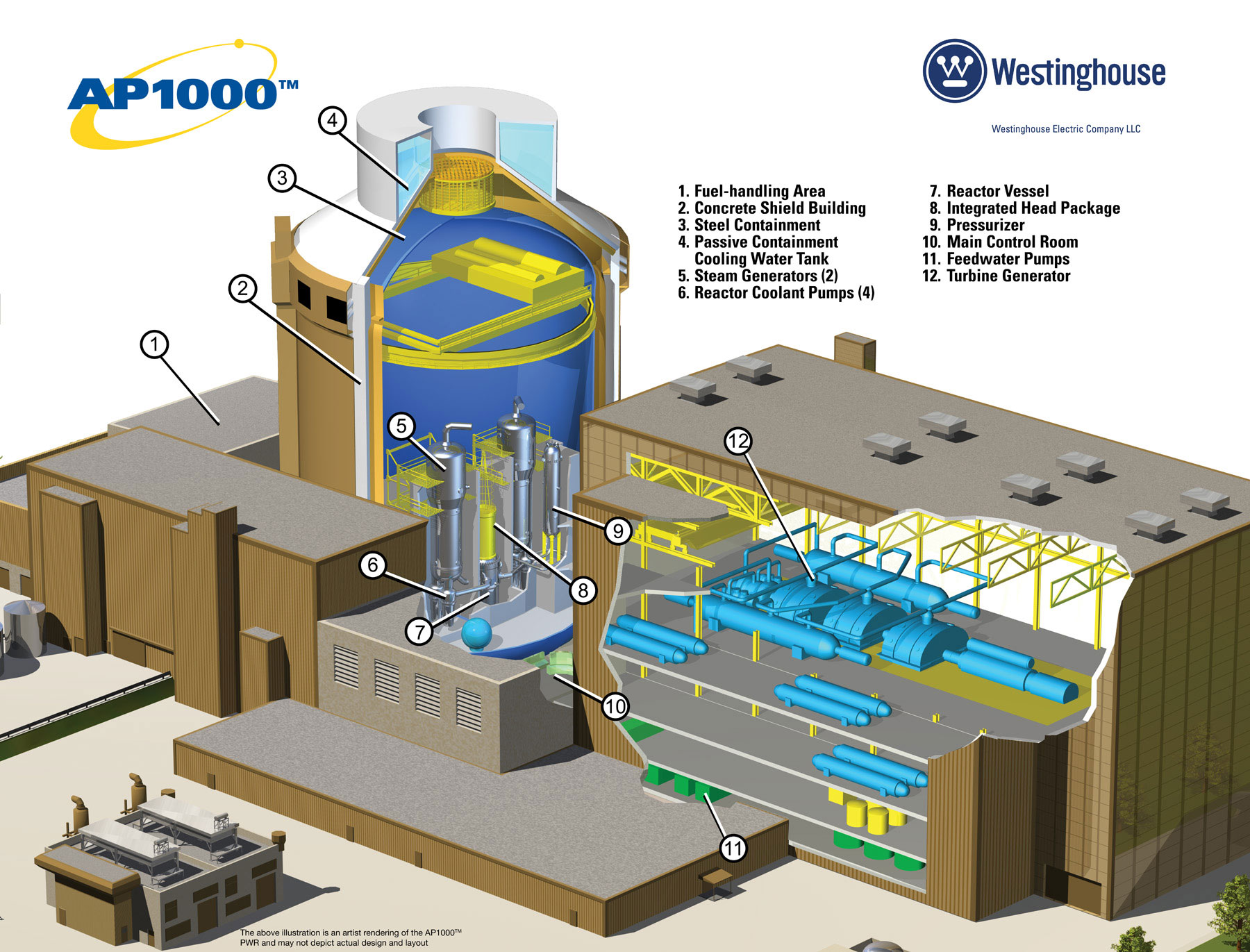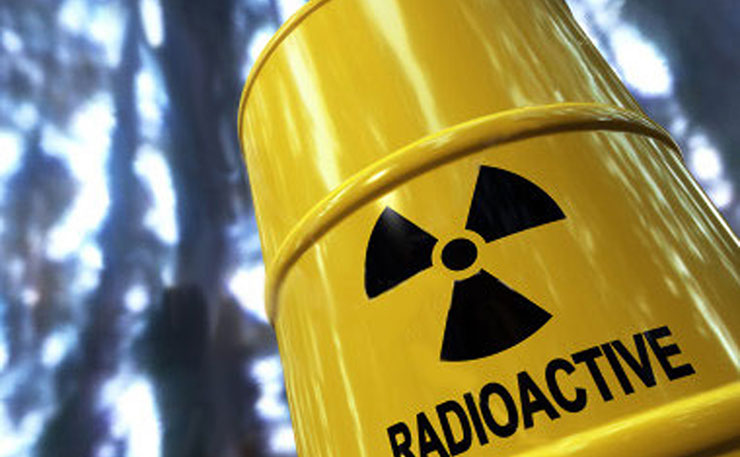The numbers for a nuclear waste dump – and nuclear energy – in Australia just don’t add up, writes Professor John Quiggin.
“If you build it, they will come.” That’s the (misquoted, inevitably) most famous line from the movie Field of Dreams, in which the protagonist ploughs up his cornfield to build a baseball diamond, on which the ghosts of a disgraced baseball team return to play. As the premise for a Hollywood blockbuster, this reasoning worked surprisingly well.
As a basis for investing billions of dollars in an infrastructure project, it’s not so appealing. There’s a long and sorry history of roads and bridges to nowhere in particular, built on the basis of optimistic projections about the demand they would generate.
Typically, these projects involve massive cost overruns. But, as Bent Flyvbjerg shows in his book Megaprojects and Risk: An Anatomy of Ambition, it’s the failure of the projected demand to materialise that’s the most important reason these projects are financial disaster.
The scale of megaprojects makes it difficult to apply standard techniques of benefit-cost analysis in the past. But the big problem, illustrated by the TV series Utopia is that such projects capture the imagination of political (and sometimes business) leaders who choose to dismiss the dreary complaints of economists, and like the Hollywood hero, dream big dreams.
New Matilda’s resident pro-nuke activist, Geoff Russell, illustrates the kind of magical thinking that is going on here. In the comments thread following a lengthy tirade against the ‘citizen’s jury’ that rejected the project, he states ‘I have no idea if the waste business case stacked up’. He has made similar comments about his ignorance of the economics of nuclear power in the past.
That’s fine if he just wants to sound off about how people are unfairly biased about nuclear power. But he’s now advocating a massive public investment program, while admitting he has no idea if it will cover its costs.
At least advocates of transport infrastructure projects can usually point to some existing demand. By contrast, the proposal to build a nuclear waste dump in South Australia appears to have omitted this basic requirement. The business case for the project, prepared by pro-nuclear advocates, assumes that the dump will attract business from all around the world, including from large numbers of nuclear power plants that are yet to be built.
As I’ll argue below, the projections for nuclear power are massively over-optimistic.
But there’s no need to debate the issue. The project proponents claim that it will yield a benefit of $50 billion to the people of South Australia. There’s an easy way to test this, at very little cost. Rather than building the waste dump itself, the government could call for tenders for the right to construct it, with a reserve price of, say $20 billion. Assuming an offer exceeding the reserve price was received, that proposal could be put to Premier Weatherill’s planned referendum.
Of course, it won’t be. No private business would be silly enough to spend billions of dollars based on imaginary demand. Most of the waste that has already been generated around the world will stay where it is, simply because doing nothing is easier than moving tonnes of radioactive material. And the hope of new sources of demand is an illusion.
The nuclear renaissance that was hoped for in the early 2000s (when Geoff Russell appears to have formed his views on the topic) has fizzled. To make it work, what was needed was a steady stream of projects using a small number of standardised designs, so that the inevitably high costs of ‘First of A Kind’ plants could be spread out over dozens, and ultimately hundreds of plants.

For a long time, the most promising contender was the Westinghouse AP1000 design. The first four plants built in the US since the Three Mile Island disaster all used this design, and it appeared that China would adopt it as a standard.
It hasn’t happened. The US plants are behind time and over budget, and it’s clear that no more nuclear plants will be built for at least a decade. This despite bipartisan political support, generous subsidies, favorable regulatory conditions and the absence of any significant effort by protestors to disrupt construction. The main source of protest has been resistance to the hikes in electricity prices needed to finance the project.
China’s AP1000 projects have also run behind schedule, though not as badly as in the US. In the meantime, China has scaled back nuclear power in favor of the renewables Geoff Russell is so keen to dismiss, adding nearly 50 GW of wind and solar in 2015 alone. That’s almost as much as the total nuclear capacity projected for 2020.
Even allowing for utilization differences, it’s obvious that renewables and not nuclear will be the primary source of carbon-free electricity in China.
Worse, the diminished nuclear program is now fragmented with China pursuing its own Hualong 1 design, of which about six are currently planned. Meanwhile the AP1000 is on life support. India has signed a deal that might see six more constructed, but the motivation is clearly political and symbolic rather than economic and practical. The point was for the US and India to sign a deal: it’s unlikely the plants will ever be built.
In the absence of a major upset, no more than 20 AP1000 plants will be built by 2030, an average of, at most, one a year. That’s nowhere near enough to realise the economies of ‘learning by doing’. The prospects for other designs are even worse.
The failure of the nuclear renaissance has been tacitly admitted by many nuclear advocates, who are pinning their hopes on more exotic ideas like breeder reactors. Jim Green has explained why this will never happen. But if it did, it would render the whole idea of a nuclear waste dump unnecessary.
To explain why, I need only refer to Geoff Russell himself, writing in New Matilda a year ago. In an article headlined ‘Jim Green’s Straw Man Story: Of Course Nobody Wants A Nuclear Waste Dump’ Russell wrote that fast breeder reactors will make dumping waste like “digging up diamonds and then burying them again”. He concluded, “Nobody with half a brain would ever consider dumping spent nuclear fuel. Not now, not ever.”
That seems like a good point at which to conclude.
Donate To New Matilda
New Matilda is a small, independent media outlet. We survive through reader contributions, and never losing a lawsuit. If you got something from this article, giving something back helps us to continue speaking truth to power. Every little bit counts.






